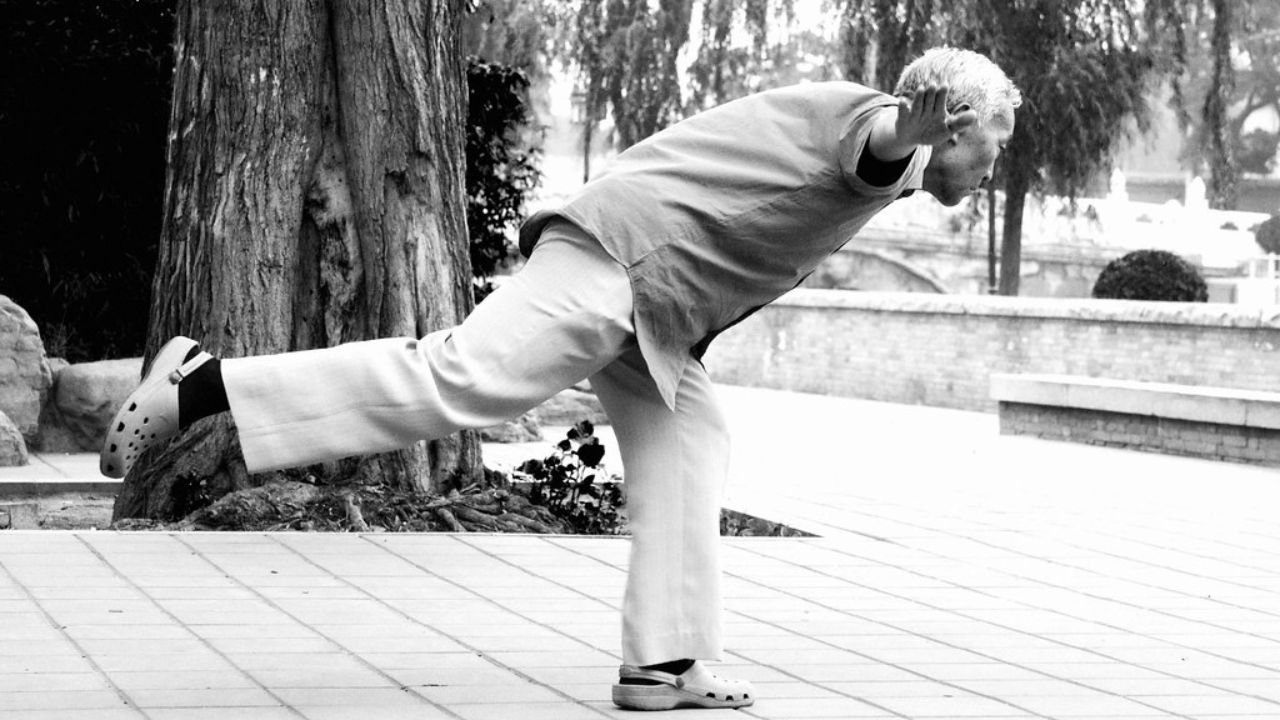
Enhancing mobility in seniors is crucial for maintaining an active and independent lifestyle.
This article presents 10 useful techniques that can help seniors improve their mobility and overall quality of life.
From stretching exercises to strength training, balance and stability training to cardiovascular exercises, this comprehensive guide offers a variety of strategies tailored to meet the unique needs of older adults.
With the right techniques and support, seniors can regain and maintain their freedom of movement, promoting a healthier and happier life.
Stretching and Flexibility Exercises
When incorporating stretching and flexibility exercises into a senior's fitness routine, it is essential to prioritize safety and consult with a qualified healthcare professional. Chair exercises and resistance bands are two effective methods that can help improve mobility in seniors.
Chair exercises are low-impact activities that can be done while sitting down, making them suitable for individuals with limited mobility or balance issues. These exercises can target different muscle groups and improve flexibility.
Resistance bands, on the other hand, provide gentle resistance to help seniors build strength and increase flexibility. They can be used to perform a variety of exercises, such as bicep curls, leg extensions, and shoulder stretches. It is important to start with light resistance and gradually progress to higher levels as the senior's strength and flexibility improve.
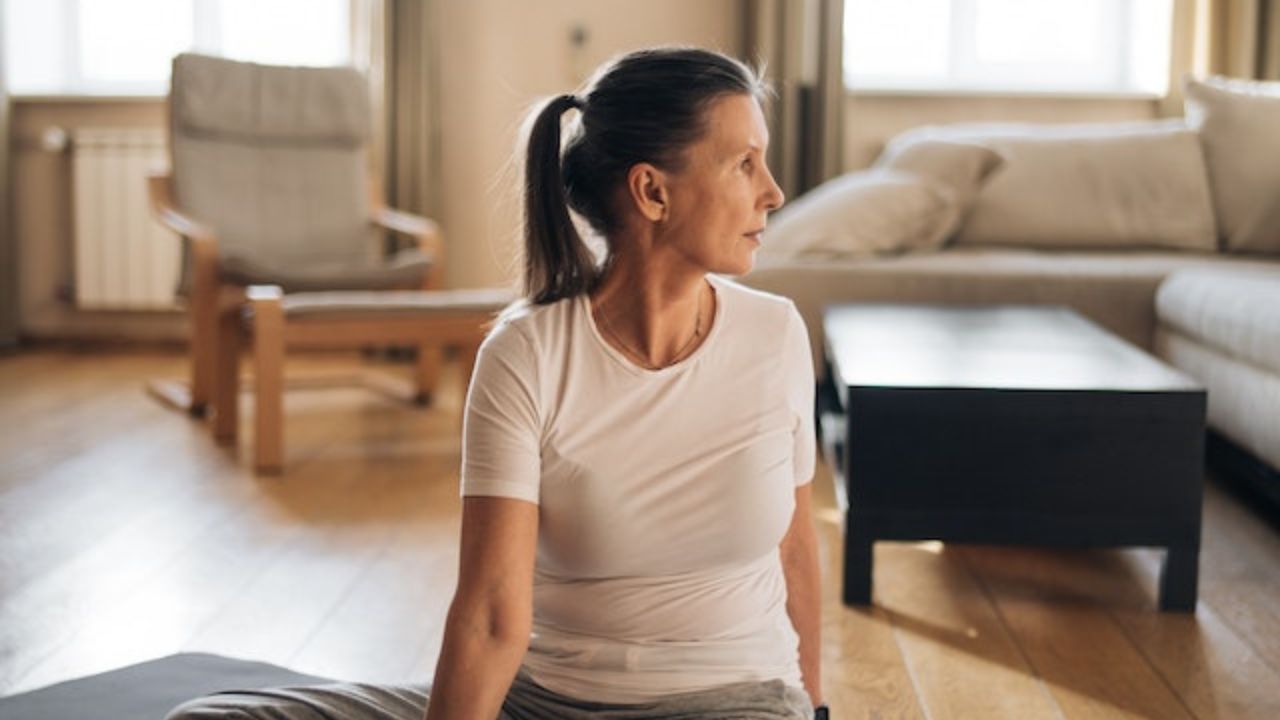
Always ensure proper form and technique to prevent injury and maximize the benefits of these exercises. Prioritizing safety and seeking professional guidance will help seniors perform stretching and flexibility exercises effectively and safely.
Strength Training for Seniors
Strength training for seniors is an effective method to improve muscle mass and functional ability, leading to enhanced overall well-being. As we age, it becomes increasingly important to maintain strength and mobility to perform daily activities and reduce the risk of injury.
Resistance bands and weightlifting techniques are valuable tools for seniors to build strength, without the need for heavy weights or expensive equipment. Resistance bands provide gentle resistance, making them suitable for individuals of all fitness levels. They can be used to target specific muscle groups and improve flexibility.
Weightlifting techniques, such as squats, lunges, and overhead presses, help to strengthen the major muscle groups and improve balance and stability. It is crucial for seniors to consult with a qualified fitness professional to ensure proper form and technique to prevent injury.
Balance and Stability Training
Balance and stability training plays a crucial role in enhancing mobility and reducing the risk of falls in seniors.
By incorporating exercises that focus on improving stability, such as standing on one leg or practicing tai chi, seniors can strengthen their core muscles and improve their overall balance.
Additionally, the use of mobility aids, such as canes or walkers, can provide added support and stability for seniors who may need assistance with their balance.
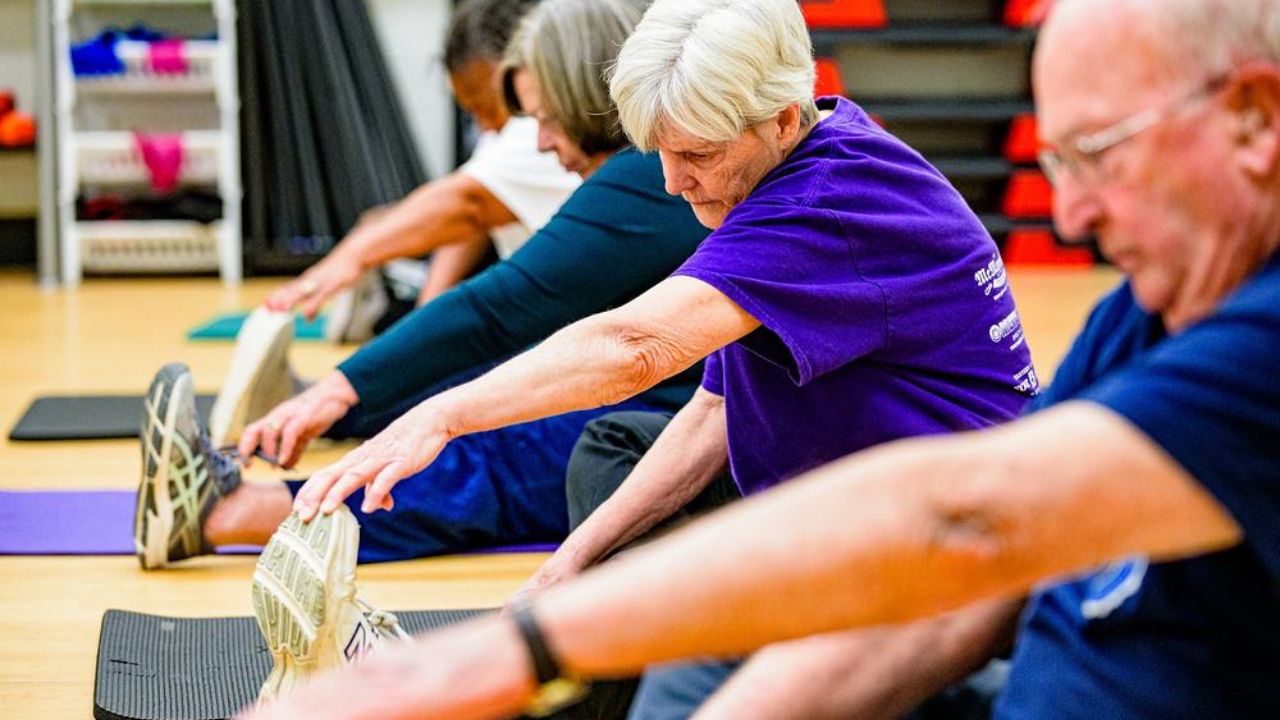
Exercises for Stability
Numerous evidence-based studies suggest that incorporating a variety of targeted exercises for stability, such as proprioceptive training and core strengthening, can significantly improve overall balance and reduce the risk of falls in older adults.
These exercises not only help in maintaining good posture but also enhance mobility and flexibility. Posture correction exercises, which focus on aligning the spine and improving muscle imbalances, are essential for older adults who may have developed poor posture over time.
Core strengthening exercises, on the other hand, are crucial for improving stability and preventing falls. By engaging the muscles of the abdomen, back, and pelvis, these exercises help seniors maintain a strong and balanced center of gravity.
Importance of Balance
The significance of equilibrium in maintaining optimal physical function and preventing falls cannot be understated, as it plays a pivotal role in the overall well-being and independence of older adults.
Maintaining good posture is essential for balance and stability. Poor posture can lead to muscle imbalances and increased risk of falls.
Strength training, specifically exercises that target balance improvement, can be incredibly beneficial for older adults. Strength training helps to improve muscle strength and coordination, which are key components of balance.
Exercises such as standing on one leg, heel-to-toe walking, and yoga poses like the tree pose can all help to improve balance and stability.
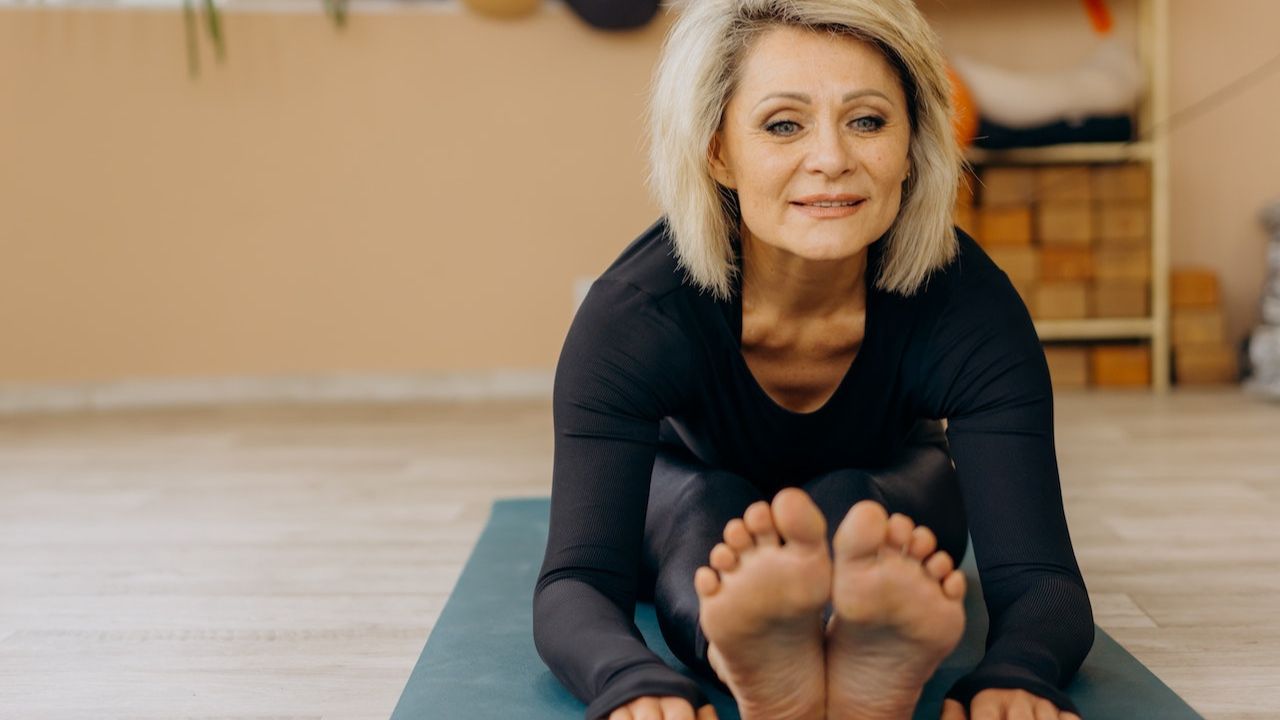
Mobility Aids for Seniors
While it is important to focus on balance exercises, incorporating mobility aids like canes or walkers can provide additional support and stability for seniors during their daily activities. These aids can be particularly helpful for individuals who have difficulty maintaining balance or suffer from conditions such as arthritis or Parkinson's disease.
Mobility aids not only assist in preventing falls but also promote freedom and independence for seniors, allowing them to continue their daily routines with confidence. Canes, for example, provide stability and support while walkers offer a wider base of support and often come with additional features such as seats and hand brakes.
It is essential, however, to ensure that seniors receive proper training and fit their aids correctly to maximize their benefits. By incorporating mobility aids into their routines, seniors can enjoy improved mobility, reduced risk of falls, and increased freedom to live life to the fullest.
Walking and Cardiovascular Exercises
Engaging in regular walking and cardiovascular exercises can significantly improve cardiovascular health in individuals of all age groups. This is especially important for seniors, as they often face challenges related to mobility and cardiovascular health.
Walking is a low-impact exercise that can be easily incorporated into daily routines. It helps improve circulation, strengthen the heart, and increase endurance. To maximize the benefits of walking, seniors can employ various techniques such as using proper footwear, maintaining good posture, and gradually increasing intensity and duration.
Additionally, cardiovascular exercises specifically designed for seniors, such as swimming and cycling, can provide a well-rounded workout while minimizing strain on joints.
It is important for seniors to consult with their healthcare provider before starting any exercise regimen, and to listen to their body to avoid overexertion.
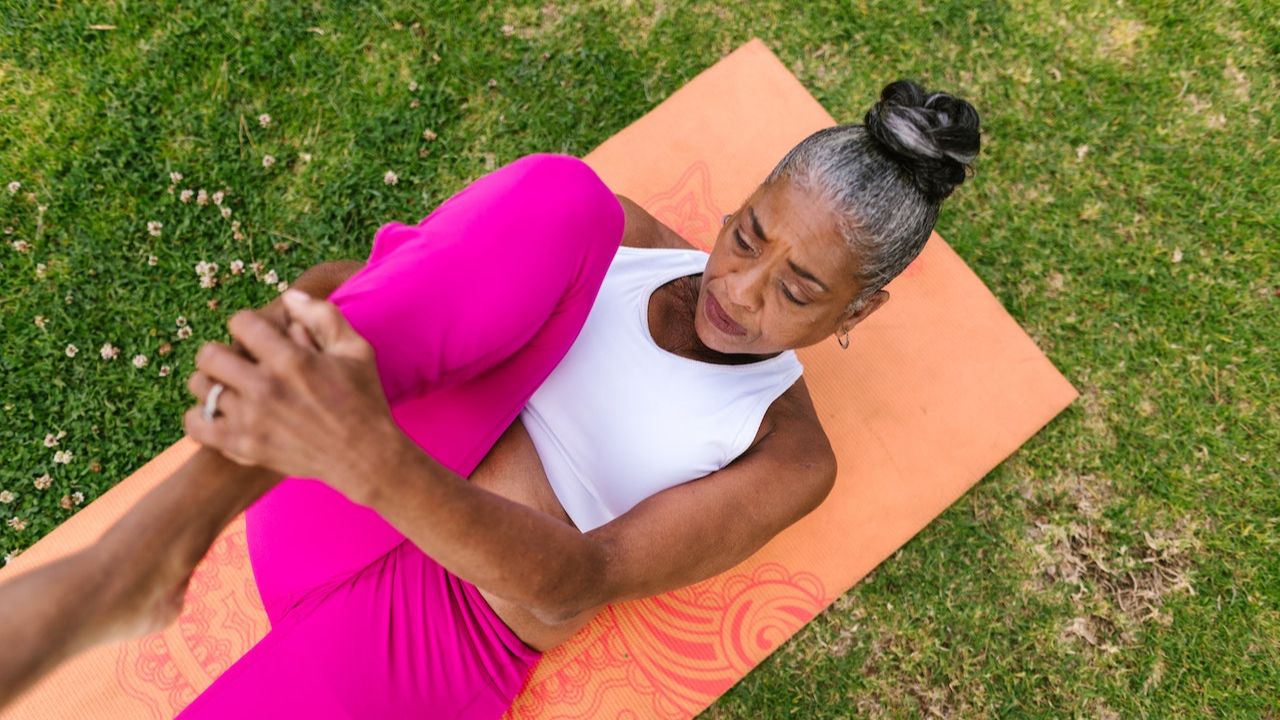
Aquatic Therapy and Water Exercises
Aquatic therapy and water exercises offer seniors a unique opportunity to improve mobility and flexibility through the use of buoyancy and resistance provided by water.
The benefits of aquatic therapy for seniors are numerous. Firstly, the buoyancy of water reduces the impact on joints, making it an ideal exercise option for those with arthritis or joint pain.
Additionally, the resistance of water provides a gentle but effective way to strengthen muscles and improve overall strength and balance.
Water exercises for seniors can also help to improve cardiovascular health and increase endurance.
Moreover, the buoyancy of water allows seniors to perform exercises that may not be possible on land due to limited mobility or balance issues.
Overall, incorporating aquatic therapy and water exercises into a senior's fitness routine can lead to improved mobility, enhanced flexibility, and a greater sense of well-being.
Assistive Devices for Mobility Support
Assistive devices for mobility support play a crucial role in helping individuals with limited mobility maintain their independence and improve their quality of life. These devices, such as canes, walkers, and wheelchairs, provide stability and support while reducing the risk of falls and injuries.
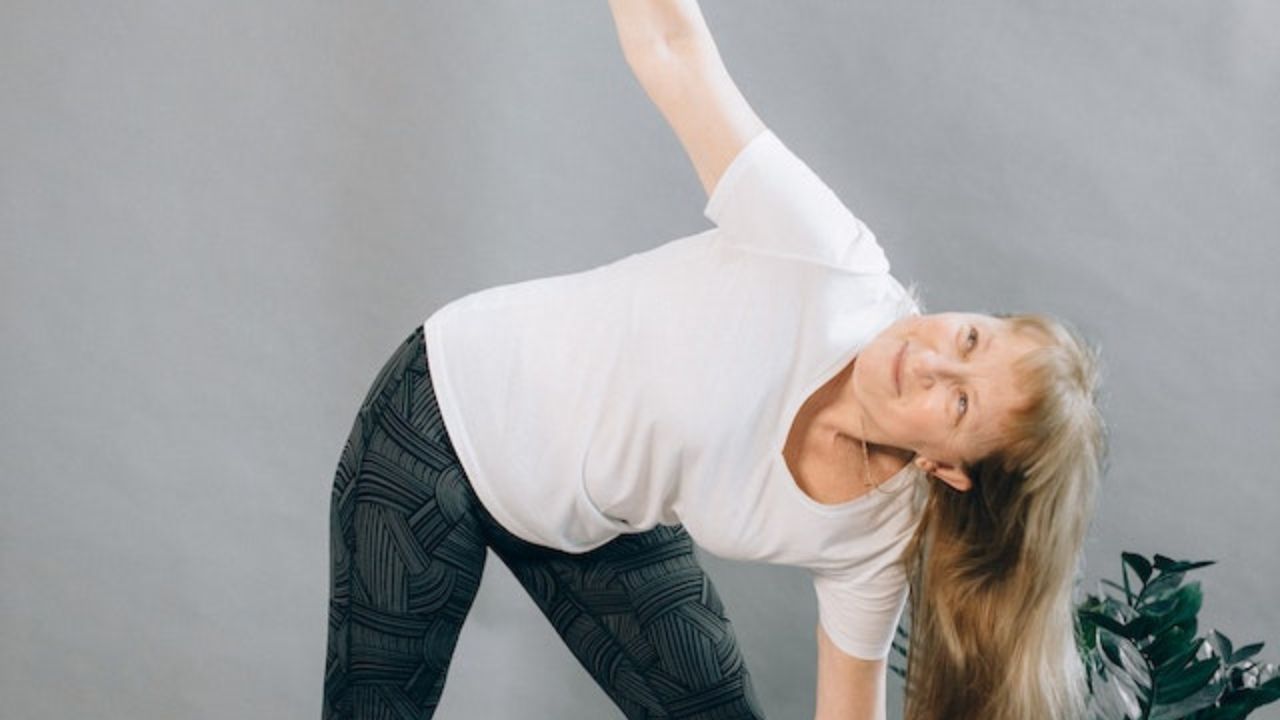
In this discussion, we will explore the different types of assistive devices available, the benefits they offer, and how to choose the right device based on individual needs and preferences.
Types of Devices
Among the various options available, seniors can explore different types of devices to improve their mobility and regain independence. Here are three devices that can greatly assist seniors in enhancing their mobility:
Mobility Scooters: These battery-powered devices provide a convenient and efficient way for seniors to move around independently. With adjustable speeds and comfortable seating, mobility scooters offer a smooth and secure ride, allowing seniors to explore their surroundings freely.
Walking Canes: Walking canes are a popular choice for seniors who require minimal support. They provide stability and balance while walking, reducing the risk of falls. With various designs and features available, seniors can choose a cane that suits their specific needs, whether it be a foldable cane for easy storage or a cane with additional support for added stability.
Rollators: Rollators combine the features of a walker and a wheelchair, providing seniors with a versatile mobility aid. With four wheels, a built-in seat, and hand brakes, rollators offer stability, support, and the option for seniors to rest whenever needed. They are especially beneficial for seniors with limited endurance or those who require a higher level of assistance.
Benefits of Assistive Devices
In recent years, there has been growing recognition of the numerous benefits that assistive devices offer in terms of enhancing mobility and independence for individuals with mobility limitations. Assistive technology, including mobility aids, has revolutionized the way people with mobility challenges navigate their daily lives.
These devices not only provide physical support but also empower individuals to maintain an active and fulfilling lifestyle. Mobility aids such as wheelchairs, walkers, canes, and scooters enable individuals to move around with ease, promoting freedom of movement and reducing the risk of falls or injuries.
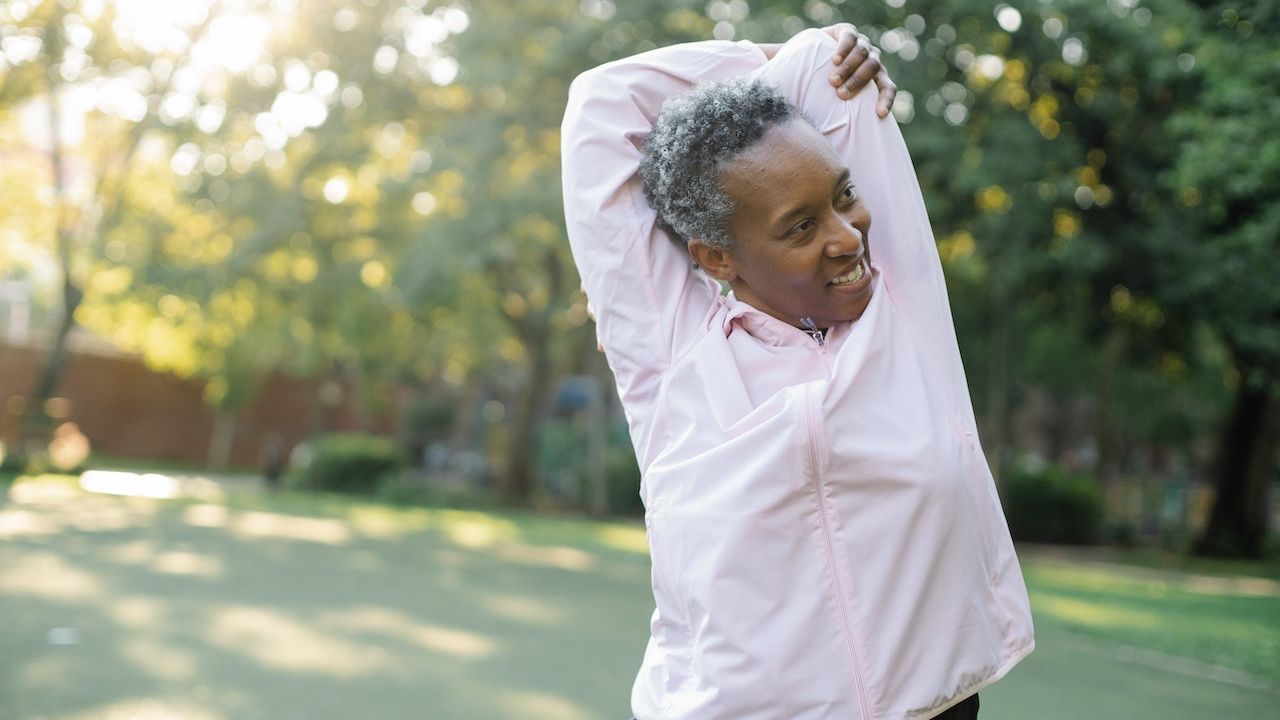
Moreover, assistive technology allows individuals with mobility limitations to engage in various activities, such as shopping, socializing, or traveling, thus enhancing their overall quality of life. By embracing assistive devices, individuals can regain their independence, preserve their dignity, and enjoy the freedom of movement they desire.
Choosing the Right Device
When considering options for enhancing mobility, it is crucial to carefully evaluate and select the most appropriate device to meet individual needs and promote independence. With a variety of adaptive walking aids and mobility scooters available, individuals can regain their freedom and enjoy a more active lifestyle.
Here are some key factors to consider when choosing the right device:
- Functionality: Look for a device that suits your specific mobility needs, whether it's a walker, cane, or mobility scooter.
- Comfort: Ensure that the device provides adequate support and is comfortable to use for extended periods.
- Maneuverability: Consider the size and weight of the device, as well as its ease of use in different environments.
Fall Prevention Strategies
One effective approach to reduce the risk of falls among seniors is by implementing person-centered fall prevention strategies. Falls can have serious consequences for older adults, leading to injuries, hospitalizations, and a loss of independence. By focusing on the individual needs and preferences of seniors, person-centered fall prevention strategies can address the specific factors that contribute to falls and tailor interventions accordingly.
Fall prevention techniques can include exercises to improve strength and balance, regular vision and hearing check-ups, and medication reviews to identify any potential side effects that may increase fall risk. Home modifications, such as installing grab bars in bathrooms, removing tripping hazards, and improving lighting, can also play a crucial role in preventing falls.
It is important to approach fall prevention with empathy and respect for seniors' autonomy. By involving older adults in the decision-making process and considering their unique circumstances, person-centered fall prevention strategies can empower seniors to maintain their freedom and independence while reducing their risk of falls.
Adaptive Yoga and Tai Chi
Adaptive Yoga and Tai Chi are two effective practices that can greatly benefit seniors in enhancing their mobility. These gentle stretching exercises and balancing techniques help improve flexibility, strength, and coordination, allowing seniors to maintain their independence and prevent falls.
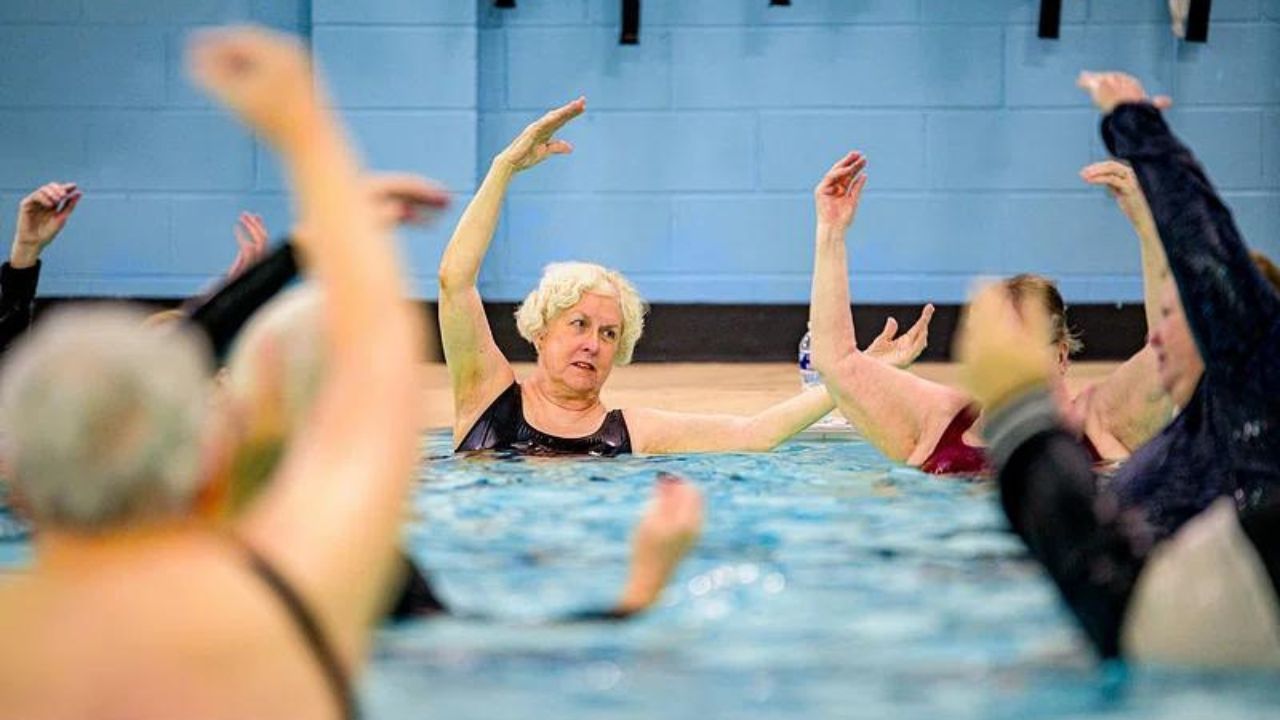
Additionally, chair-based modifications and variations make these practices accessible to individuals with limited mobility or physical limitations, ensuring that everyone can benefit from the therapeutic effects of yoga and tai chi.
Gentle Stretching Exercises
Regularly incorporating gentle stretching exercises, such as adaptive yoga and Tai Chi, can significantly improve mobility and overall well-being in seniors. These exercises can be performed in the comfort of one's own home, making them accessible and convenient for seniors with limited mobility.
Here are three key benefits of incorporating home-based stretching exercises:
Improved flexibility: Gentle stretches help to increase flexibility and range of motion, making daily activities easier and reducing the risk of injury.
Enhanced balance and stability: Stretching exercises that focus on core strength can improve balance and stability, reducing the risk of falls.
Stress reduction: Stretching exercises can help seniors relax and relieve stress, promoting a sense of well-being and improving overall mental health.
In addition to home-based exercises, seniors can also benefit from using mobility aids such as canes or walkers to support their movements and maintain independence. By incorporating these techniques, seniors can enjoy the freedom of movement and continue to lead active and fulfilling lives.
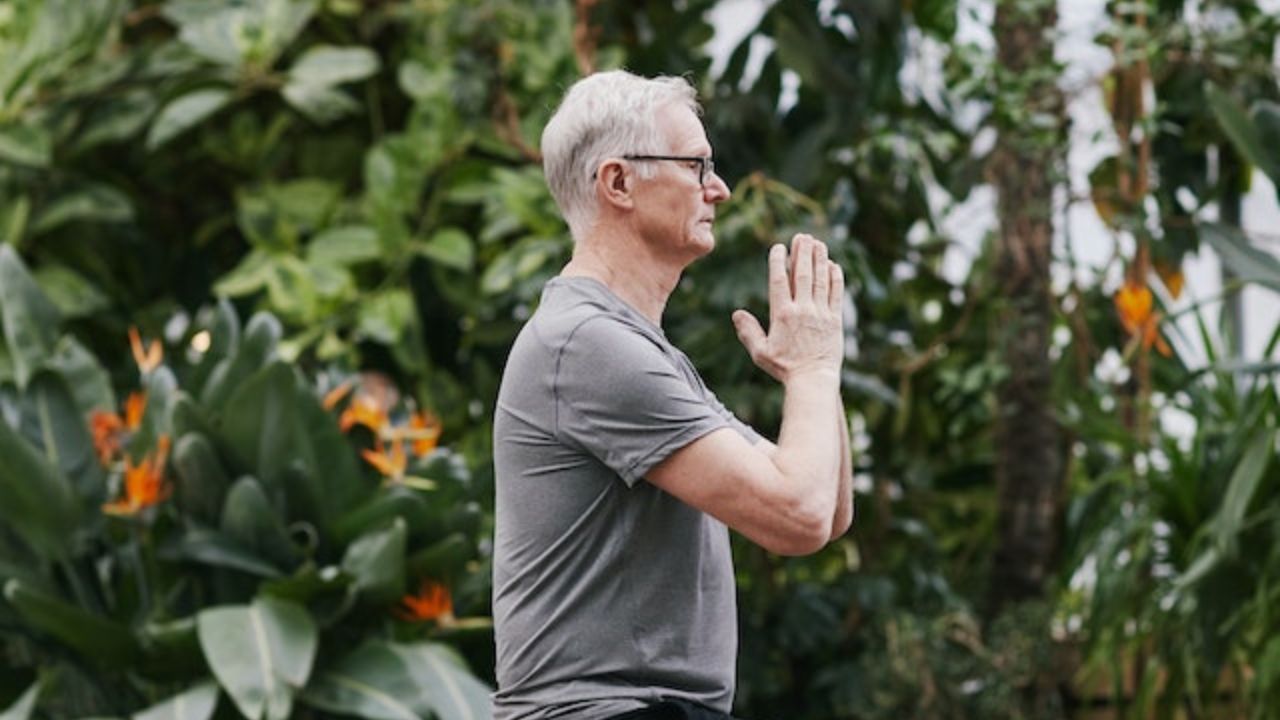
Balancing and Coordination Techniques
Incorporating effective balancing and coordination techniques, such as the integration of adaptive yoga and Tai Chi, can greatly enhance mobility and overall physical well-being in seniors. As individuals age, maintaining balance and coordination becomes increasingly important for fall prevention and maintaining independence.
Adaptive yoga focuses on modifying traditional yoga poses to meet the specific needs of seniors, improving flexibility, strength, and balance. Tai Chi, on the other hand, emphasizes slow, flowing movements and weight shifting, enhancing coordination and stability. Both practices offer numerous benefits, including improved posture, increased muscle tone, reduced joint pain, and enhanced mental well-being.
Additionally, gait training, which involves exercises and techniques to improve walking patterns, can also contribute to better mobility in seniors.
Whether through adaptive yoga, Tai Chi, or gait training, seniors can enhance their physical well-being, reduce the risk of falls, and enjoy greater freedom and independence in their daily lives.
Chair-Based Modifications and Variations
The utilization of chair-based modifications and variations, along with the integration of adaptive yoga and Tai Chi, can significantly improve mobility and overall physical well-being in seniors. These techniques provide an accessible and safe way for seniors to engage in physical activity, regardless of their fitness level or mobility limitations.
Here are three key benefits of incorporating chair modifications and stretching variations into seniors' exercise routines:
Increased flexibility: Chair modifications allow seniors to perform gentle stretches that target their muscles and joints, improving flexibility and range of motion.

Improved balance and stability: Certain chair-based exercises, such as seated Tai Chi movements, can enhance seniors' balance and stability, reducing the risk of falls.
Enhanced muscle strength: By incorporating resistance bands or weights into chair exercises, seniors can strengthen their muscles, which helps support their joints and improve overall strength.
Physical Therapy and Rehabilitation
Effective physical therapy and rehabilitation programs can significantly improve the functional abilities and overall quality of life for individuals recovering from injuries or surgeries. Physical therapy benefits individuals by providing targeted exercises and techniques that help restore mobility, reduce pain, and prevent further injury.
Rehabilitation strategies focus on developing strength, flexibility, and coordination, while also addressing any underlying issues that may hinder recovery. These programs often incorporate a combination of exercises, manual therapy, and modalities such as heat or cold therapy, electrical stimulation, and ultrasound.
In addition, physical therapy professionals work closely with patients to develop personalized treatment plans and provide ongoing support and guidance throughout the recovery process. By employing evidence-based techniques and a patient-centered approach, physical therapy and rehabilitation can empower individuals to regain independence and improve their overall well-being.
Nutritional Support for Joint Health and Mobility
To optimize joint health and mobility, it is essential to provide seniors with a well-balanced diet rich in nutrients and to carefully select foods that contribute to their overall well-being. Nutritional supplements can also play a crucial role in supporting joint health and mobility in seniors.
Here are a few techniques that can be helpful:
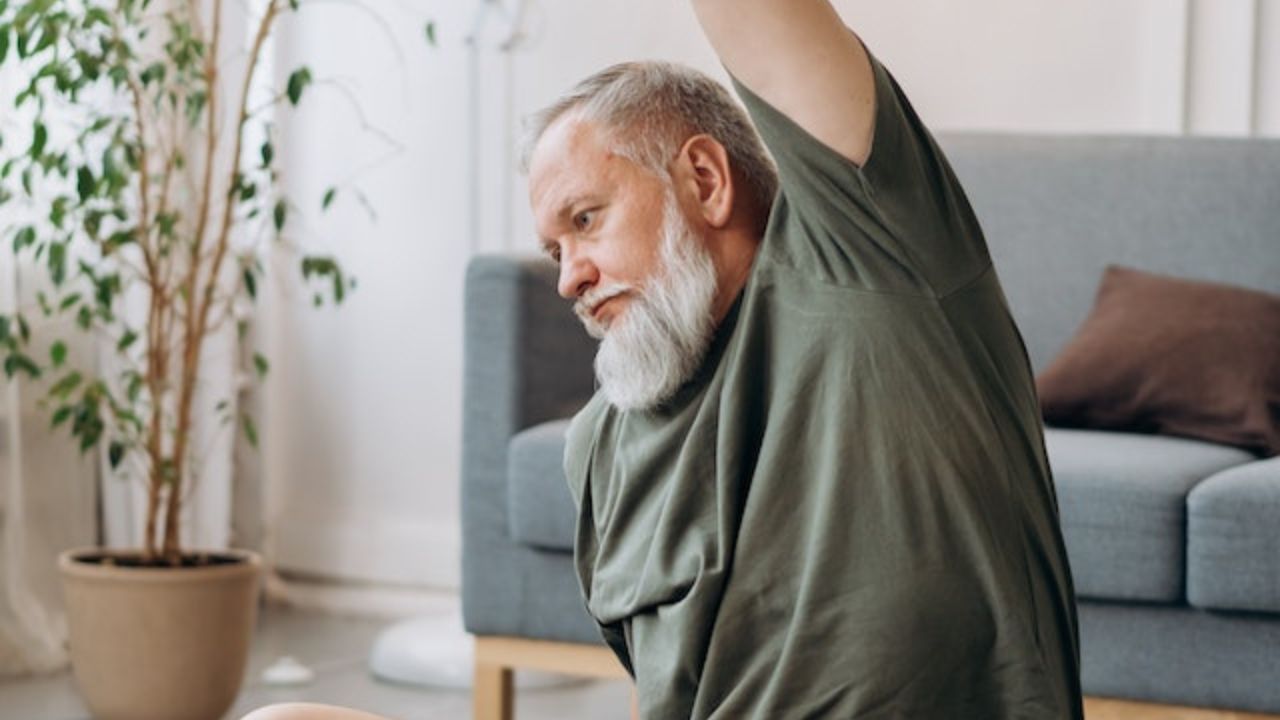
Omega-3 fatty acids: These essential fats found in fish, flaxseeds, and chia seeds have anti-inflammatory properties that can reduce joint pain and stiffness.
Vitamin D: Adequate levels of vitamin D are necessary for bone health and can help reduce the risk of fractures and improve overall joint function.
Glucosamine and chondroitin: These supplements have been shown to help alleviate joint pain and improve joint function in individuals with osteoarthritis.
In addition to incorporating these nutritional supplements, seniors can also benefit from participating in joint health programs that focus on exercises to improve flexibility, strength, and balance. These programs can help seniors maintain their independence and enjoy an active lifestyle for years to come.
Frequently Asked Questions
What Are Some Alternative Exercises for Seniors Who May Not Be Able to Participate in Aquatic Therapy?
For seniors who may not be able to participate in aquatic therapy, alternative exercises can include chair exercises and yoga modifications. These exercises provide a safe and effective way to enhance mobility and improve overall well-being.
Are There Any Specific Strength Training Exercises That Are Recommended for Seniors With Mobility Issues?
Modified strength exercises and chair yoga are recommended for seniors with mobility issues. These exercises help improve strength, balance, and flexibility, enhancing overall mobility and reducing the risk of falls and injuries.
How Often Should Seniors Engage in Balance and Stability Training Exercises?
The frequency of balance and stability training exercises for seniors depends on individual needs and abilities. Engaging in these exercises regularly can improve stability, prevent falls, and enhance overall mobility, promoting independence and freedom in daily activities.
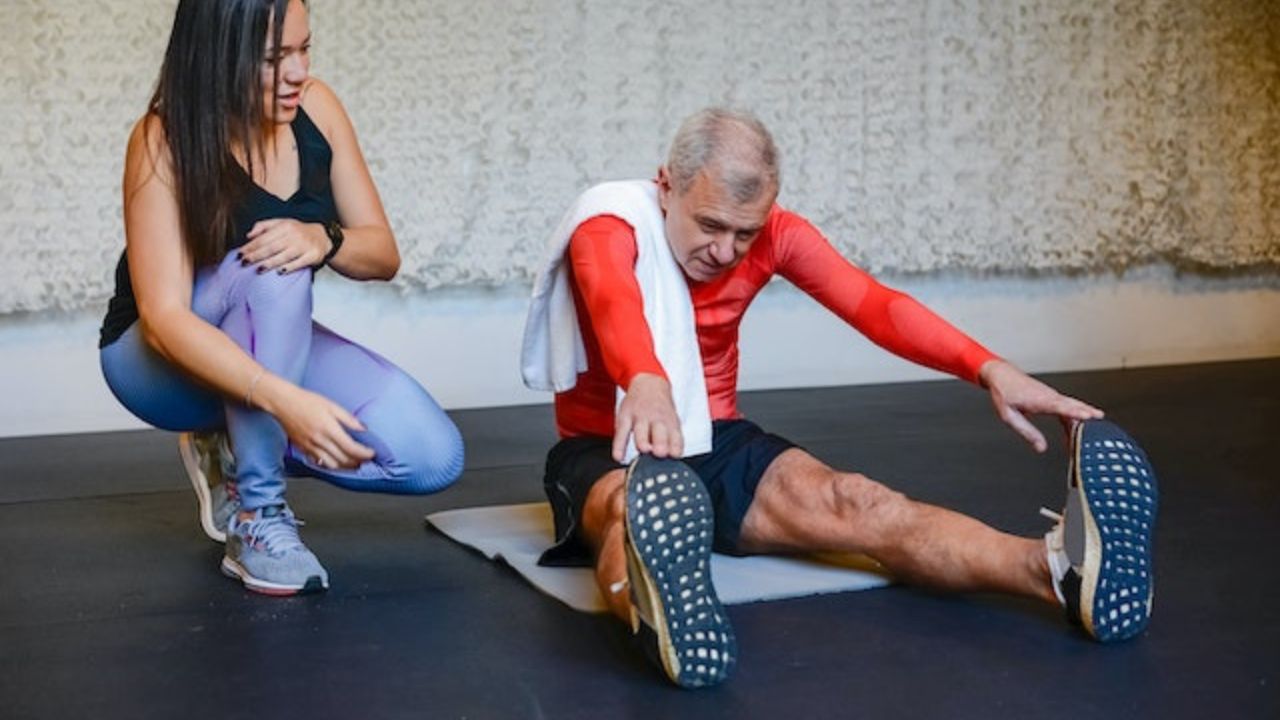
Are There Any Specific Nutritional Supplements That Can Help Improve Joint Health and Mobility in Seniors?
Nutritional supplements can play a role in improving joint health and mobility in seniors. Certain supplements, such as glucosamine and omega-3 fatty acids, have shown potential benefits. However, it is important to consult with a healthcare professional before starting any new supplements.
What Are Some Strategies for Preventing Falls in Seniors With Limited Mobility?
Preventing falls in seniors with limited mobility requires a multi-faceted approach. Home modifications, such as grab bars and non-slip flooring, can provide a safer environment. Additionally, regular exercise, balance training, and medication management are essential strategies for reducing fall risk.
Conclusion
In conclusion, there are various techniques available to enhance mobility in seniors. These include:
- Stretching and flexibility exercises
- Strength training
- Balance and stability training
- Walking and cardiovascular exercises
- Aquatic therapy
- Fall prevention strategies
- Adaptive yoga and tai chi
- Physical therapy and rehabilitation
- Nutritional support for joint health and mobility
By incorporating these techniques into their daily routines, seniors can:
- Improve their overall mobility
- Maintain independence
- Enjoy a better quality of life.
 Mobility trainingHome Fitness RecoverySports Injury PreventionPersonal Physical TherapyOrthopedic SolutionsPrivacy PolicyTerms And Conditions
Mobility trainingHome Fitness RecoverySports Injury PreventionPersonal Physical TherapyOrthopedic SolutionsPrivacy PolicyTerms And Conditions
